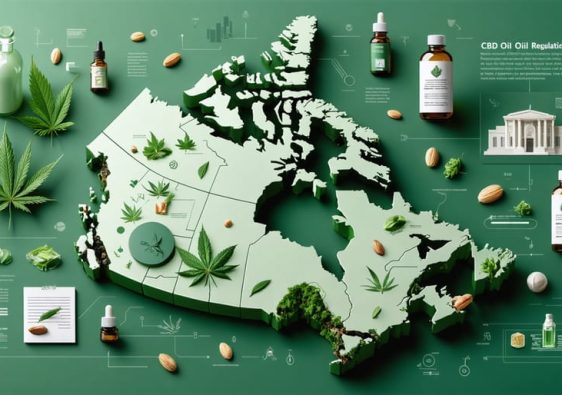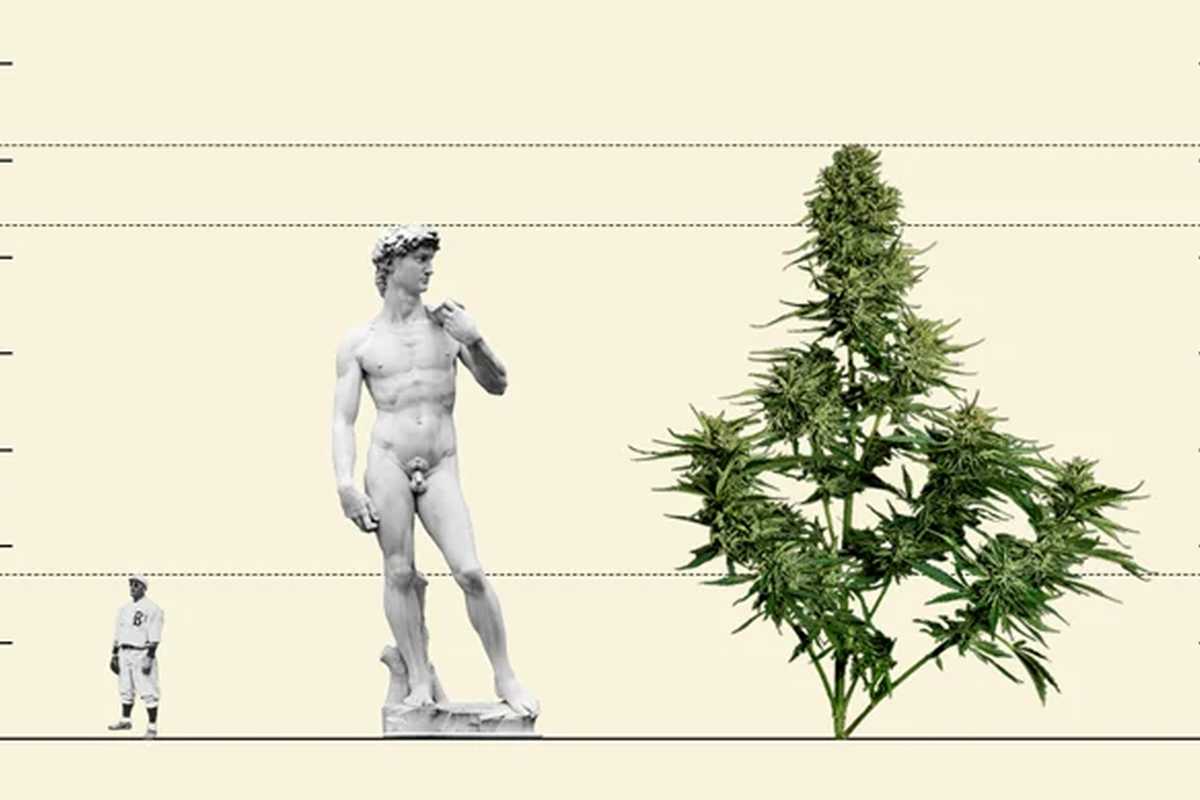As Canada became the first G7 country to legalize recreational cannabis nationwide with the Cannabis Act of 2018, there’s been a burgeoning interest in how this industry is taking shape across different provinces and territories.
Let’s dive into what the landscape looks like across Canada, keeping things simple and straightforward.
Ontario

Starting with Ontario, the province has a mix of both privately-owned and online retail stores operated by the Ontario Cannabis Store (OCS). The government initially capped the number of private stores but has since been increasing the cap, aiming to improve access and combat the black market.
Toronto, Ottawa, and other major cities have seen a significant increase in stores, with many concentrated in urban areas.
Quebec

Quebec approaches cannabis sales a bit differently, with all physical and online retail stores operated by the government through the Société québécoise du cannabis (SQDC).
The province has been more conservative with the number of stores and regulations, focusing on public health over market growth.
British Columbia
British Columbia, known for its cannabis culture, offers a mix of government-run and private stores.
Vancouver and Victoria have a higher concentration of dispensaries, and the province has been working on policies to include and transition pre-existing unlicensed dispensaries into the legal framework.
Alberta
Alberta has one of the highest numbers of cannabis stores per capita among the provinces. It has embraced a private retail model, resulting in a widespread network of stores across the province, including in smaller towns and rural areas.
Saskatchewan
Saskatchewan operates under a private retail model, with licenses granted through a lottery system initially and now open for business applications.
The market here is competitive with a focus on local entrepreneurship.
Manitoba
In Manitoba, retail cannabis is sold through privately owned stores, with the government focusing on regulatory oversight. The market is open but controlled, with a careful licensing process to ensure community safety and compliance.
Atlantic Provinces (Newfoundland and Labrador, New Brunswick, Nova Scotia, and Prince Edward Island)
The Atlantic provinces have varied approaches. Newfoundland and Labrador have private stores and allow for online sales. New Brunswick initially started with government-run stores but has been moving towards privatization.
Nova Scotia sells cannabis through government-operated stores located within existing alcohol stores, and Prince Edward Island follows a similar government-operated model.
Northern Territories (Yukon, Northwest Territories, and Nunavut)
The northern territories have fewer stores due to their smaller populations but have adopted models suited to their communities.
Yukon has private retail stores, the Northwest Territories sell through government-operated liquor stores and online, and Nunavut has primarily focused on online sales with plans to increase physical store presence.
Conclusion
Across the board, Canada’s approach to cannabis retail varies by province and territory, reflecting local values, population density, and governmental preferences. Urban areas typically have more stores, reflecting higher demand and population.
Meanwhile, online sales complement physical stores, especially in areas with fewer brick-and-mortar locations.
As the industry evolves, so do the regulations and market dynamics in each region. It’s a continuously changing landscape, with provinces and territories learning from each other and adapting their approaches to cannabis retail.
Whether you’re a consumer or looking to enter the industry, understanding these regional differences is key to navigating the Canadian cannabis market.




